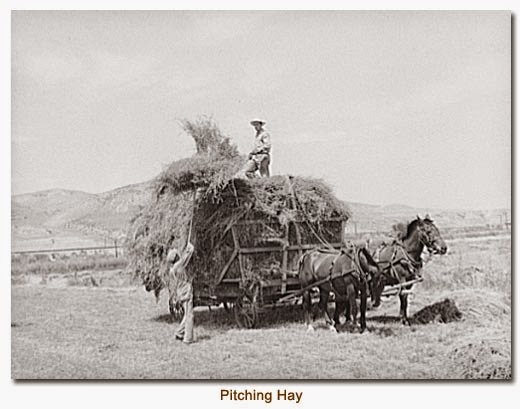My grand daughter Grace wanted to know about what life was like on the farm when I was a small child. "Did we have electricity?" Yes we had it on the farm located 3 miles west of Geneva Minnesota but during the Great depression it was cut off because we could not pay the bill. So we went back to the old fashioned way of lighting.
We had kerosene lamps with a glass top. We had to fill the lamps with kerosene about once a week and my job when I was about 8 years old was to wash the glass tops and to fill the lamps with kerosene every week. The glass tops got soot on them and were washed and dried carefully every week. We also had an Aladdin lamp with a mantle and I didn’t touch that one as the mantle was delicate so my mother took care of that one.

Then she wanted to know if we grew pumpkins. Yes we grew pumpkins and every other kind of vegetable. We had radishes and lettuce and peas and beans and corn and cabbage and lots of onions and potatoes and tomatoes. We had a rhubarb patch and it grew very well in Minnesota. My Mother made rhubarb sauce and rhubarb pie. We also had raspberries and strawberries. We also had aspargrass and that was the first green veggie that we ate in the spring. We also went out and picked a wash tub full of dandelions in the early spring. We cooked the dandelions and ate them. They were good to eat. One year my father planted hubbard squash in with the corn and in the fall he picked a wagon load of squash..We ate a lot of squash that winter. We also had apple trees on the farm and mother canned and made pies with them and applesauce.
Grace wanted to know about the farm animals. We had cows and also horses that did the farm work. That is the horses pulled the plows, disks wagons, manure spreader, wagons and other farm implements. We had 4 horses and we milked about 20 cows. We also raised pigs and sold them to Hormel packing Co located in Austin Minnesota. We always had an assortment of barn cats and they would stand down in the barn and catch milk when were milking the cows.
We had a farm dog named Cindy when I was a child and they were good watch dogs. We also raised chickens and we would buy 2 or 3 hundred every spring and raise them in a brooder house. You had to take the baby chicks and teach them to drink water and then they would go to the small feeders and start eating. We raised roosters to eat and my Mother would cut off their heads and my job was to pick the feathers off. Mother would gut them and cut them up and place in salt water for a couple of hours and then would fry them..I never tasted white meat until I was 17 years old as my brother Lawrence said he couldn’t eat dark meat..Hmm
My father would go in the fall and shoot pheasants. He would get all of us kids and we would walk down the corn rows and scare the pheasant up and then he would shoot them. They were real good eating.
You asked about the outhouse..Yes we had one and it was a two holer. We used a chamber pot inside in the winter and it was cold upstairs in those old farm houses. We heated the house with the cook stove and then had a coal heater in the dining room to heat that. We dressed in the cold upstairs and we always wore long underwear in the winter time. We took our baths in a wash tub on Saturday night and that was it until the next week. We had school clothes and everyday clothes and you took your school clothes off when you got home from school and changed into your everyday clothing.
This is just a little bit about farm life. I will write another story about going to school.





